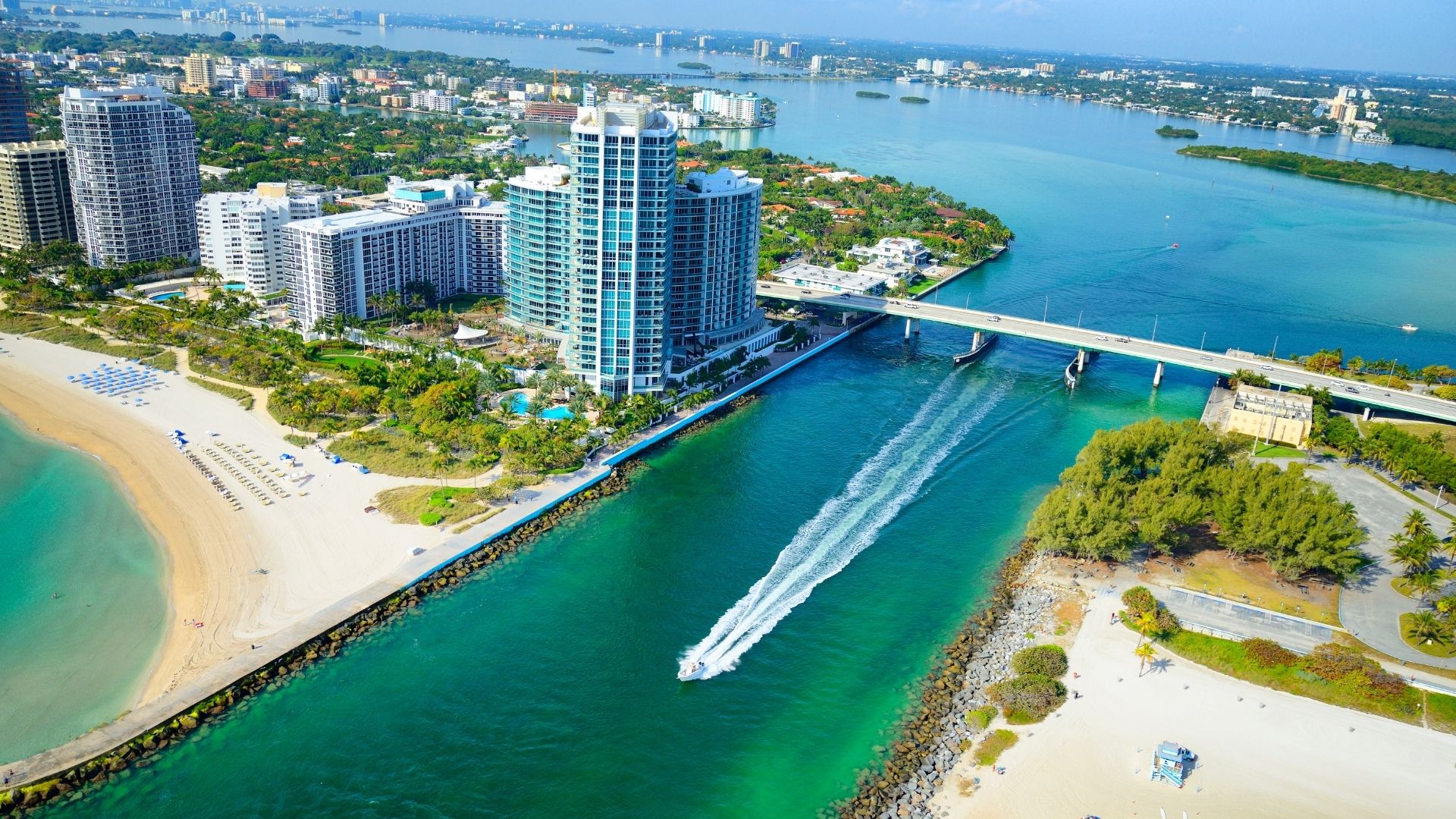WELCOME TO MIAMI! City of a thousand temptations where dreams come true
Inspiration
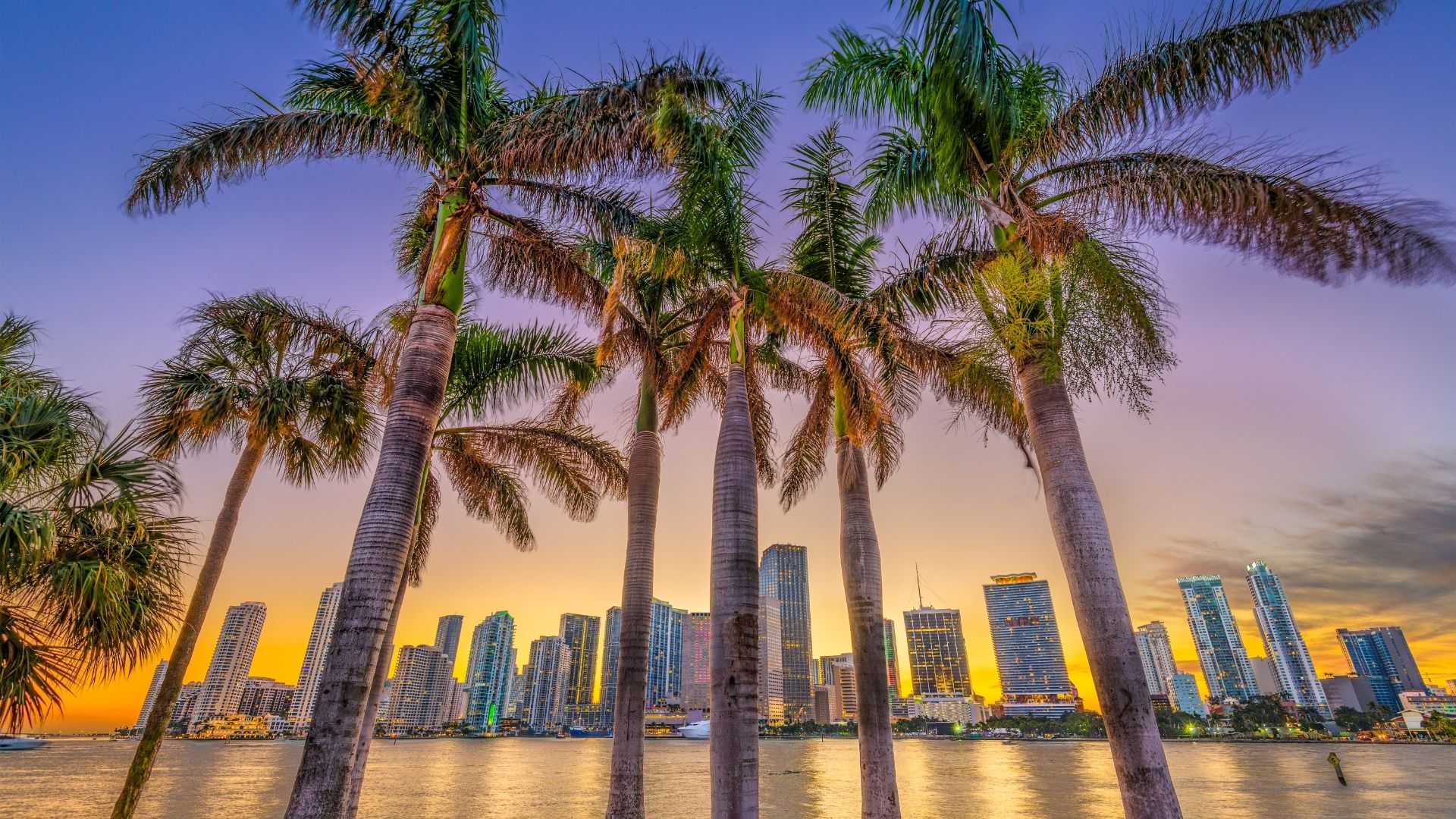
Its proximity to New York, a perennial summer climate and international events such as Art Basel, the Ultra Music Festival and the FitBit Marathon, have led numerous fashion and design brands to reconsider the coastal capital in more recent times. coolest in the South East of the USA after the glories of the 80s and 90s. Miami, the most populated metropolitan area in Florida, is a mix of many different realities, each with its specific individuality, which on the whole give life to something unique: the ideal place for a holiday with a capital V, in the sign of fun, culture, sun, sea, art, nature, savoir vivre, innovation, American luxury and a Caribbean atmosphere. In other words, Miami has been absolutely «The place to be» for some years now, the place where you need to be.
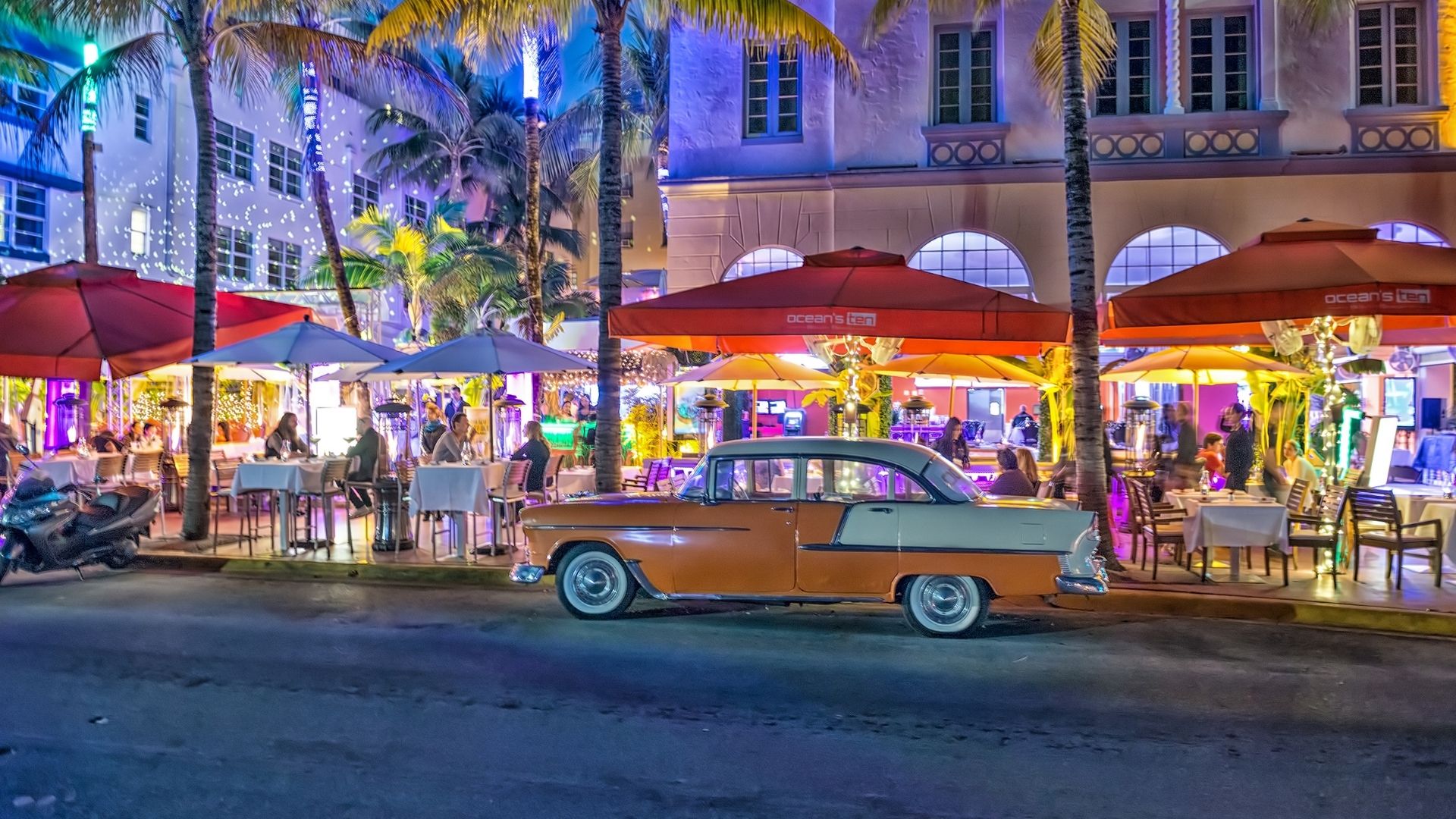
If until today for most people Miami meant Miami Beach, that is to say, the area that is concentrated from East to West between Washington Ave and Ocean Drive, passing through the infinite Collins Ave, today this is no longer the case. In the last decade, large-scale art installations, futurist architecture, unusual exhibition spaces and redeveloped spaces have spread throughout the city, which have become part of the landscape, designing a new skyline illuminated by the perennial sun of Florida. The city of Miami is divided into two areas: the innermost one of the real city of Miami and Miami Beach, famous for its endless beaches along the famous Ocean Drive, the Miami Beach promenade, the beating heart of the city, literally carpeted from Hotel and always crowded with people who populate the myriad of restaurants and clubs.
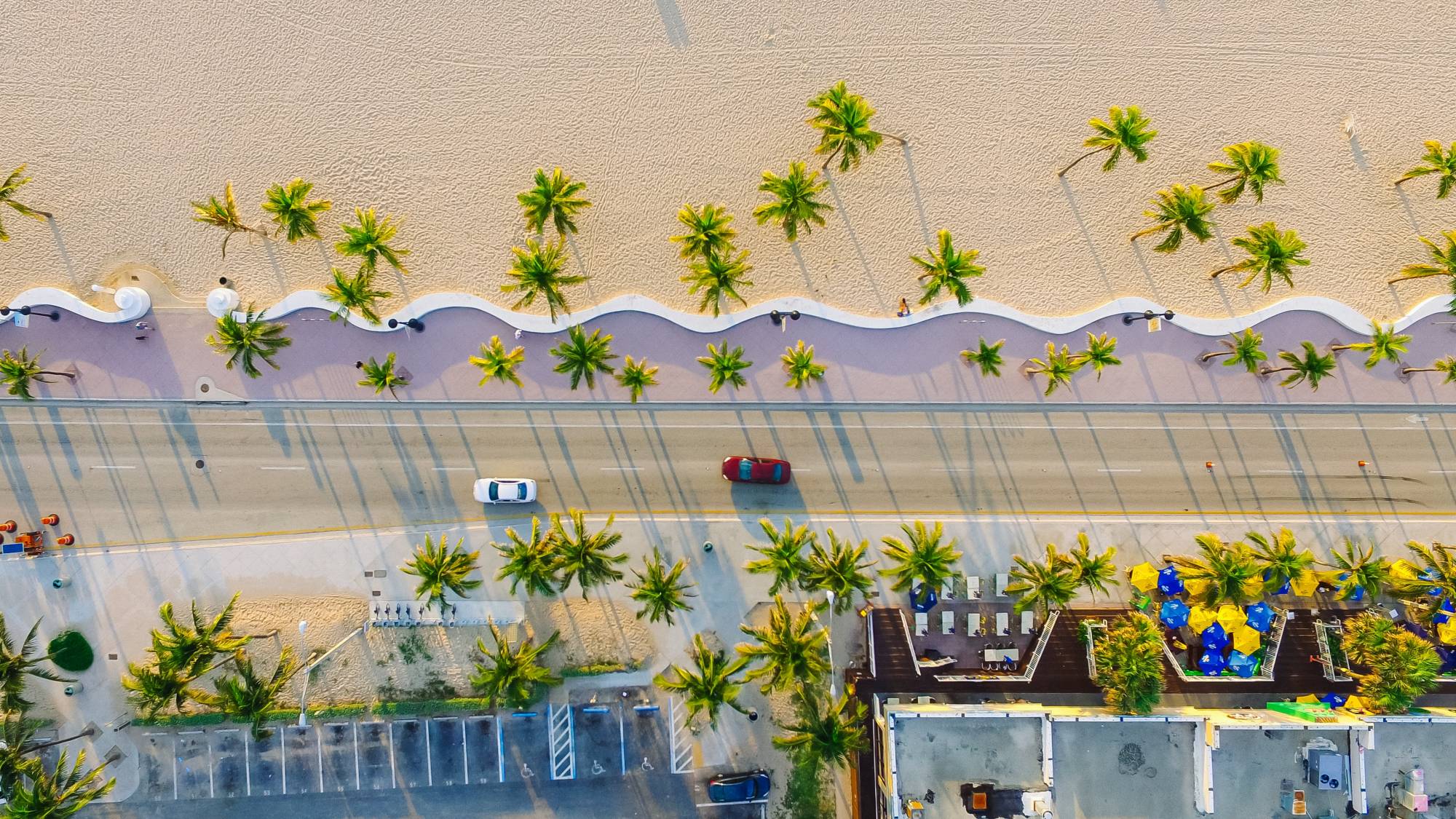
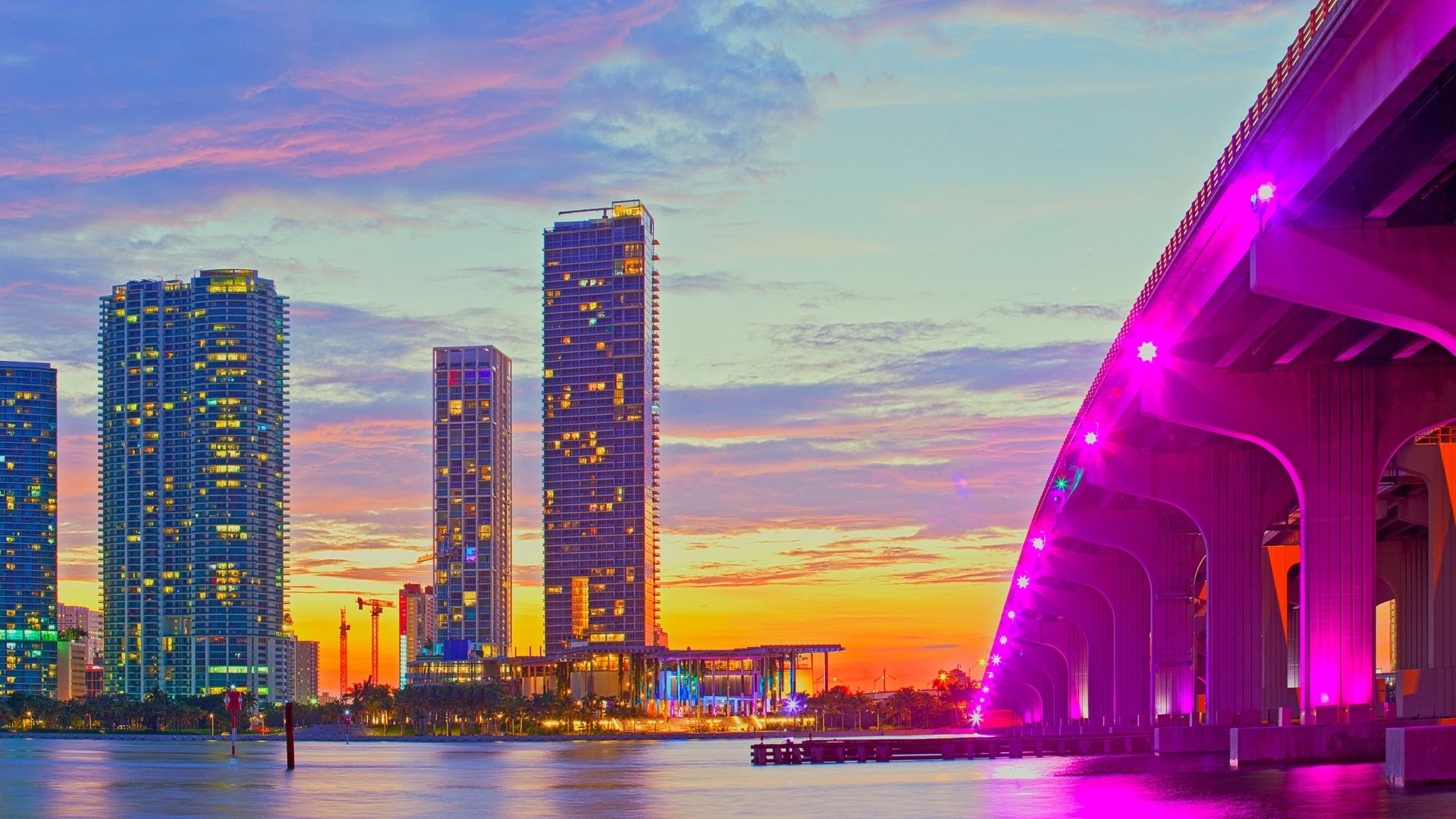
Exploring the city outside the usual places and filmed several times thanks to the many films, you will discover the most varied realities, such as the Art Deco District.
The Art Déco District is a fundamental step to understand the eclectic architecture and cosmopolitan spirit of the city. This South Beach neighbourhood is home to the largest collection of Art Deco architecture in the world: more than 800 buildings of historical importance, located mainly along Ocean Drive, the famous street that, protected by countless palm groves, runs parallel to the sea.
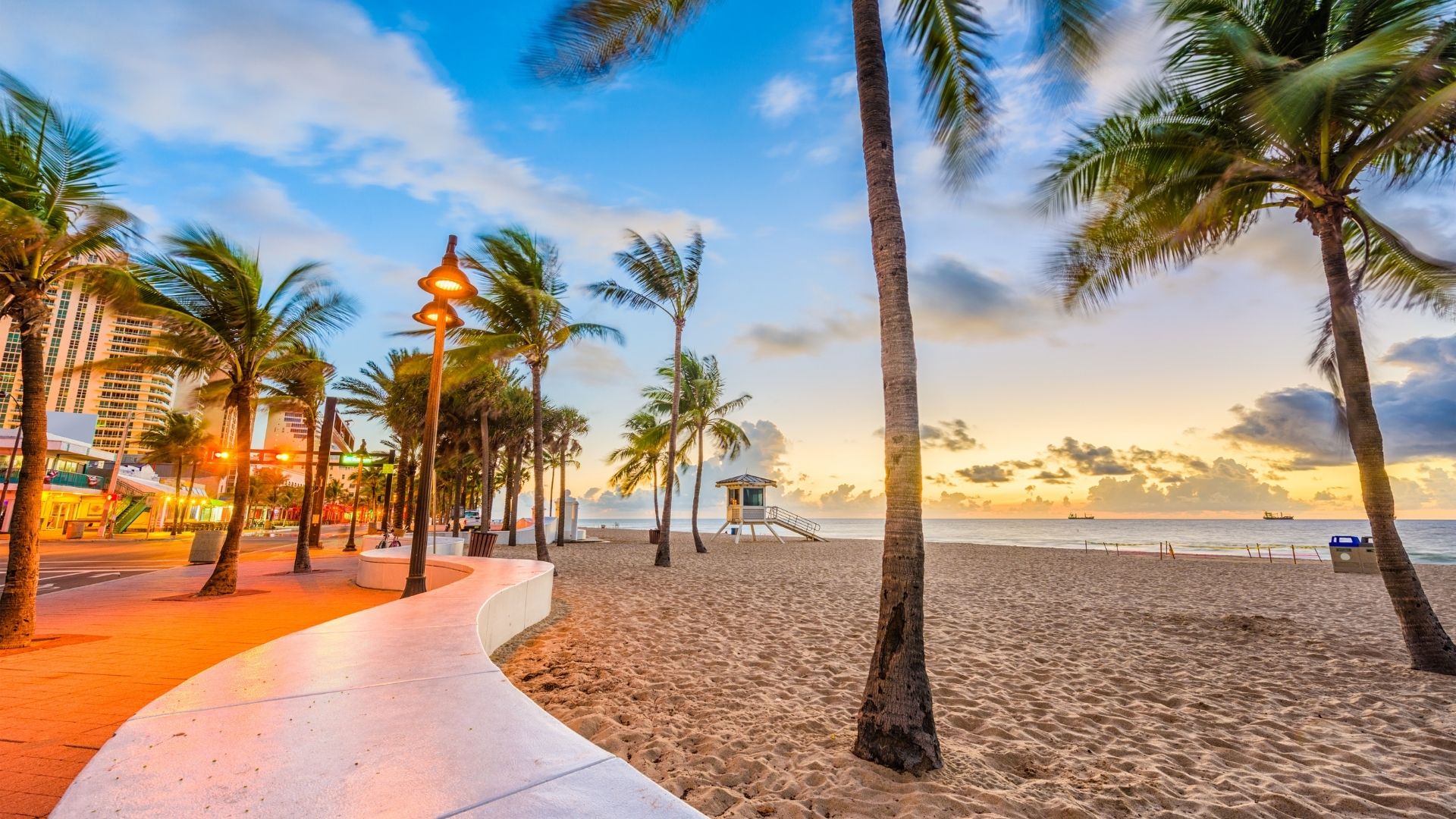
Born in Paris, this architectural style, which in Miami has taken on a completely original shape, with its typical lines characterizes hotels and houses of the 20s and 30s of the last century: it is the so-called Tropical Déco which, to the essential geometries of the European model, he added tropical motifs such as palm trees, orchids, alligators, friezes, stuccos, or portholes and parapets reminiscent of ships. As on the other side of the ocean, originally even in Miami most of the period buildings were white, but in the 80s of the last century, as many as 150 were repainted with bright colours by the designer Leonard Horowitz, creating a lot of controversy among the architecture purists. In South Beach it is also possible to indulge in shopping along Lincoln Road, a pedestrian area with shops, restaurants, cafes and art galleries: the ideal place for shopping and people watching.
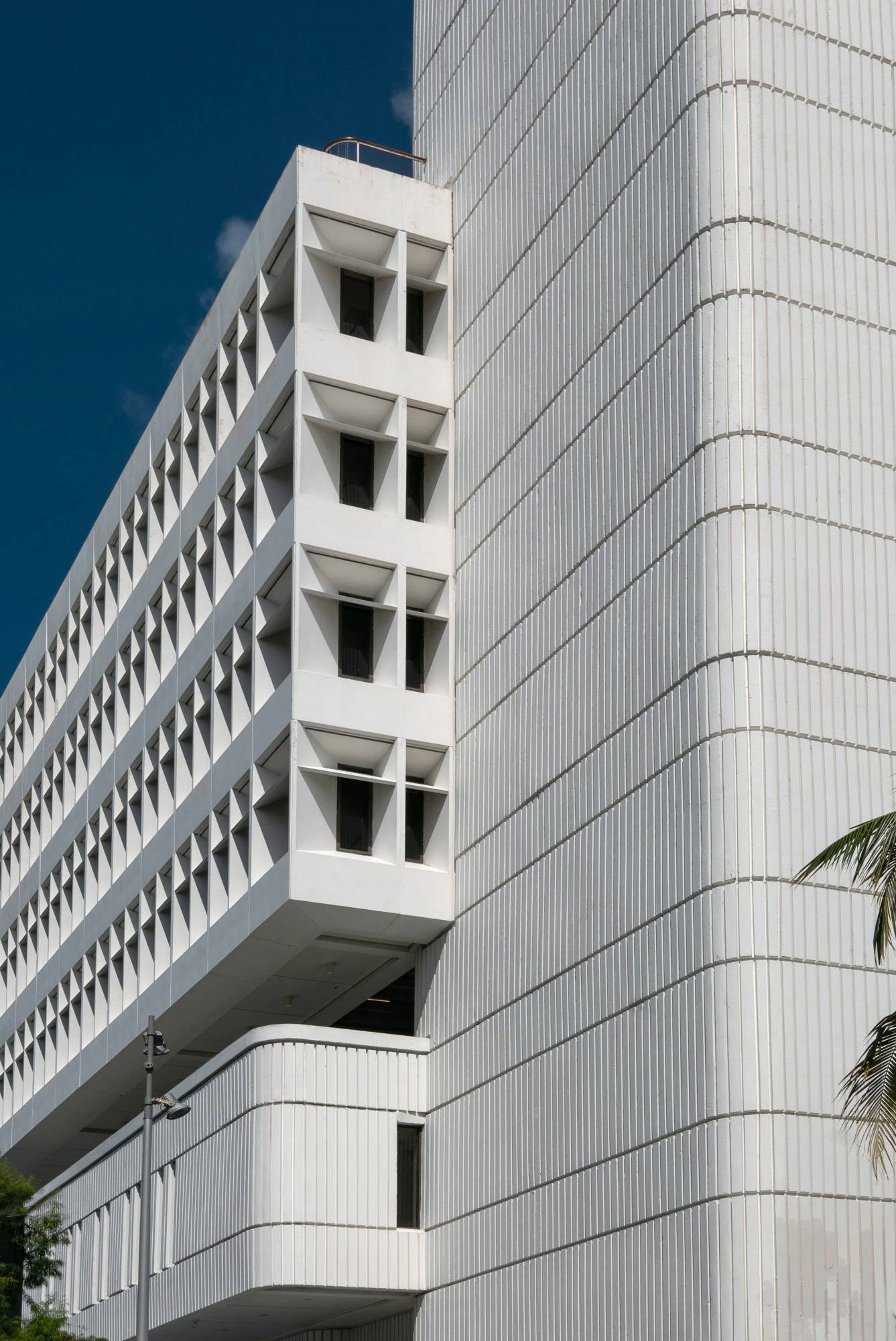
Another iconic place is the News Café, the hub of South Beach (SoBe). Defining it as a coffee bar is limiting. Open 24 hours a day, it is the ideal place to have breakfast while reading the newspaper or listening to Vivaldi's music. Among the historical customers, there is also the famous designer Gianni Versace, who went to have breakfast at this café before being murdered on the way back to Casa Casuarina, his villa a hundred meters away, now transformed into an exclusive hotel with restaurant. Then we start from the Art Déco Welcome Center and walk for a couple of hours to discover very interesting architectures, such as the Beacon Hotel, the Colony Hotel, the Leslie Hotel, and the very original lifeguard observers who, from the colours gaudy, they refer with the thought to spaceships arrived from an alien planet. Among the most famous hotels, you can choose to stay at East Miami, of the Swire Hotels group, a Chinese company with real estate investments for several billion dollars in the States, and which now has its epicentre on the East Coast, and precisely in Brickell. the heart of that financial district that until recently was animated only during the day, between the rush hours of entering and exiting the offices, of banks and companies located in crystal skyscrapers, and which is now teeming with construction sites and luxury hotels. Next to the hotel, you enter the new Brickell City Center, a luxury designer mall which, together with the boutiques of nearby Mary Brickell Village and Merrick Park, seems to want to compete with the Design District. On the other side of the block, you come across the W Miami Hotel, of the prestigious Marriott group, whose architectural style recalls that of Dubai: surrounded by yachts and sailing ships that with 2 or 3 masts parade animating the skyline of the city, at the fiftieth floor of the hotel it is possible to enjoy a wonderful view from the rooftop lounge complete with a swimming pool from which the panorama extends from downtown to the bay. Amazing at night to dance and extraordinary during the day to relax to the sound of chill-out music.
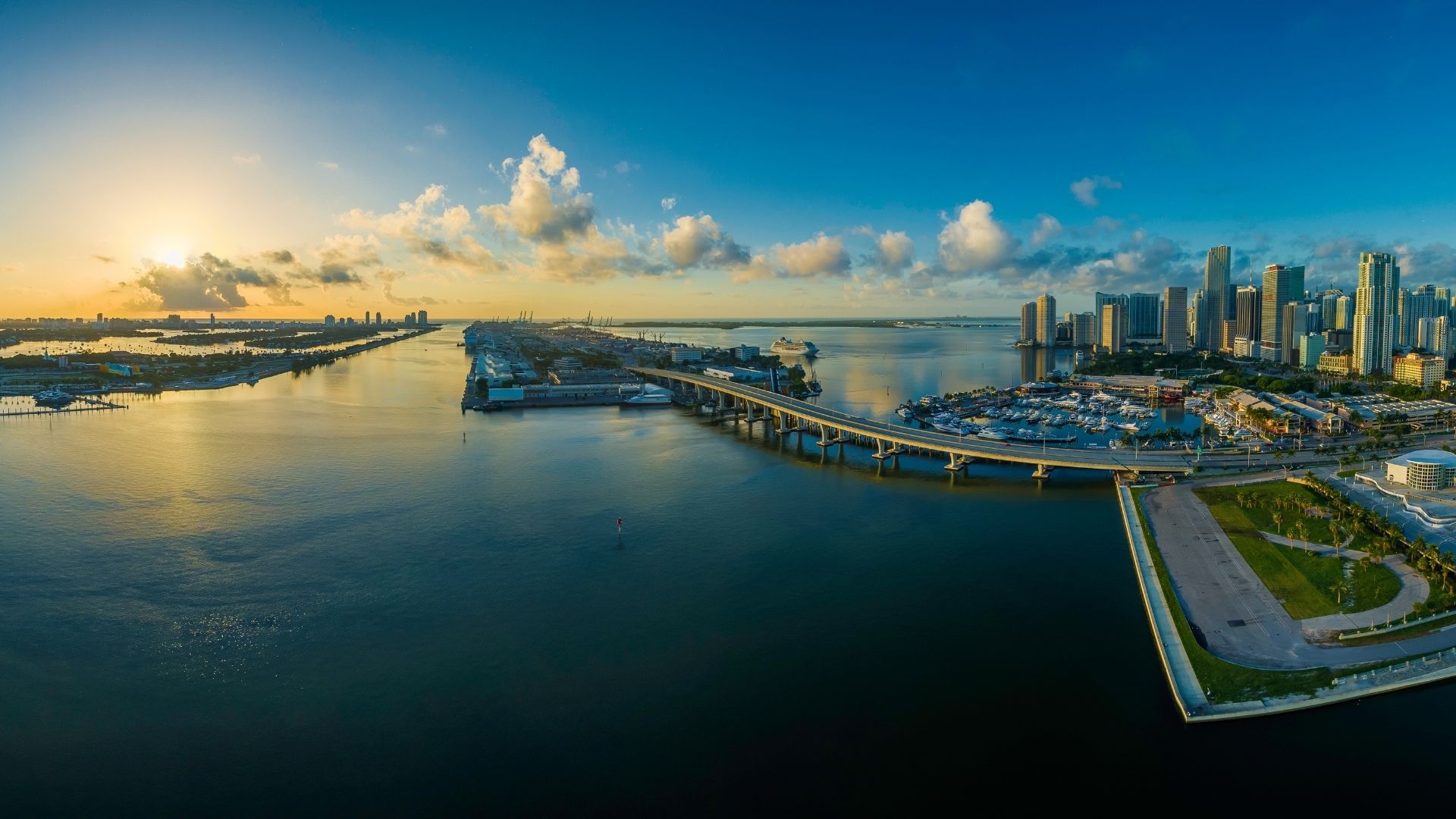
For those who only want excellence within walking distance, they can choose to stay at the luxurious Mandarin Oriental. Another great new addition to Downtown is the SLS Brickell, designed by Yabu Pushelberg and, thanks to works by Fernando Botero and Fabian Burgos, this hotel is among the coolest in the city. The Brickell neighbourhood is therefore a true concentrate of luxury and business at all levels that also has a cultural-artistic soul. From here you can easily reach the American Airlines Arena and the Adrienne Arsht Center, the largest stages in the city, and also the Pamm, the Perez Art Museum Miami and finally the Frost Science, that is the science museum named after Patricia and Philip Frost, moved to Museum Park, near the Pérez Art Museum Miami, a revolutionary structure that boasts a 3D planetarium and an avant-garde aquarium where it is possible to observe many marine species and types of sharks. This museum contributes to making this downtown area one of the most important cultural hubs in the city. In addition to 140 interactive exhibits, the current museum is equipped with a laser projection system and rock music. Climbing to the top is absolutely worth it to see the Miami Beach skyline from Biscayne Bay.
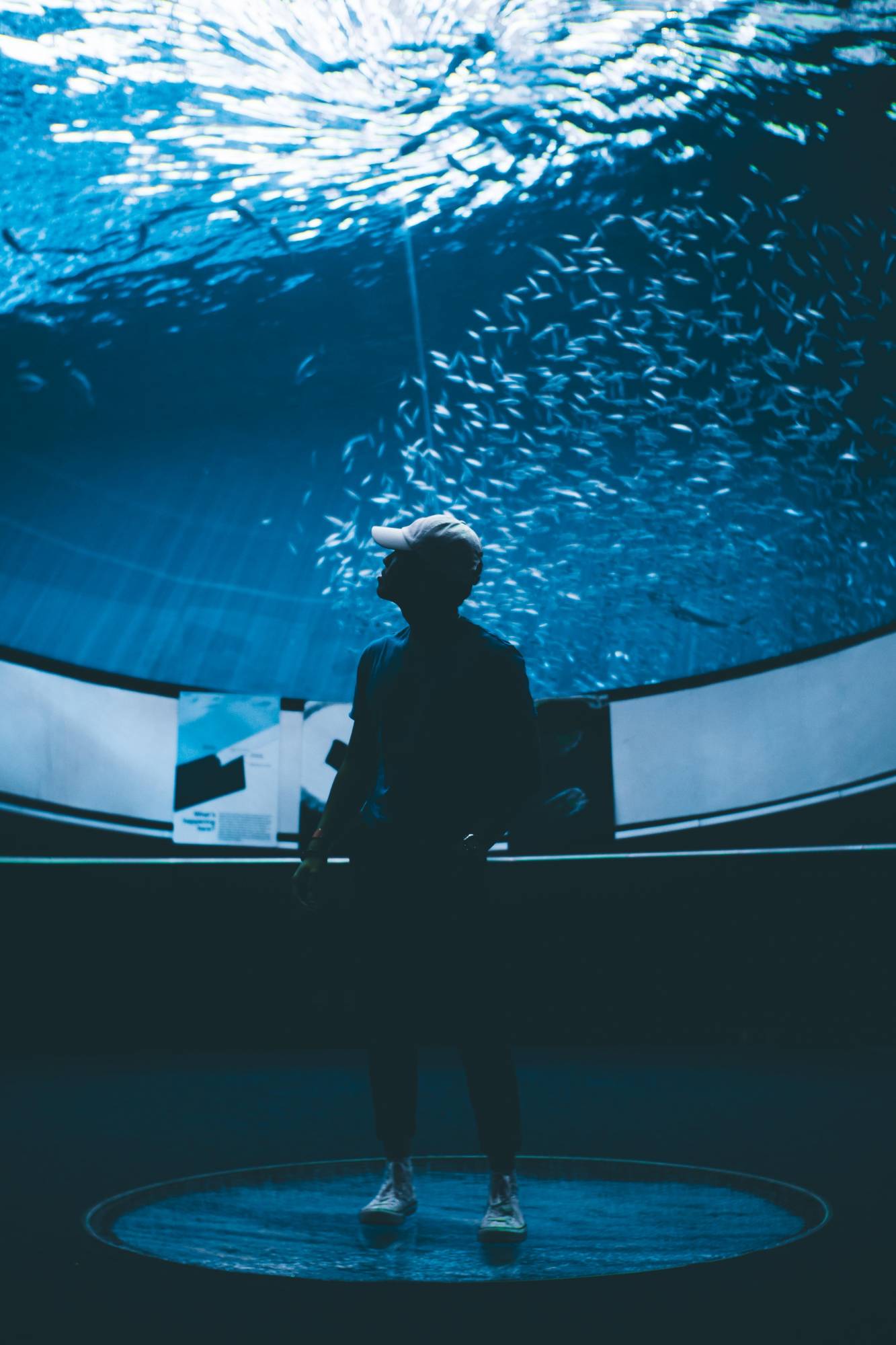
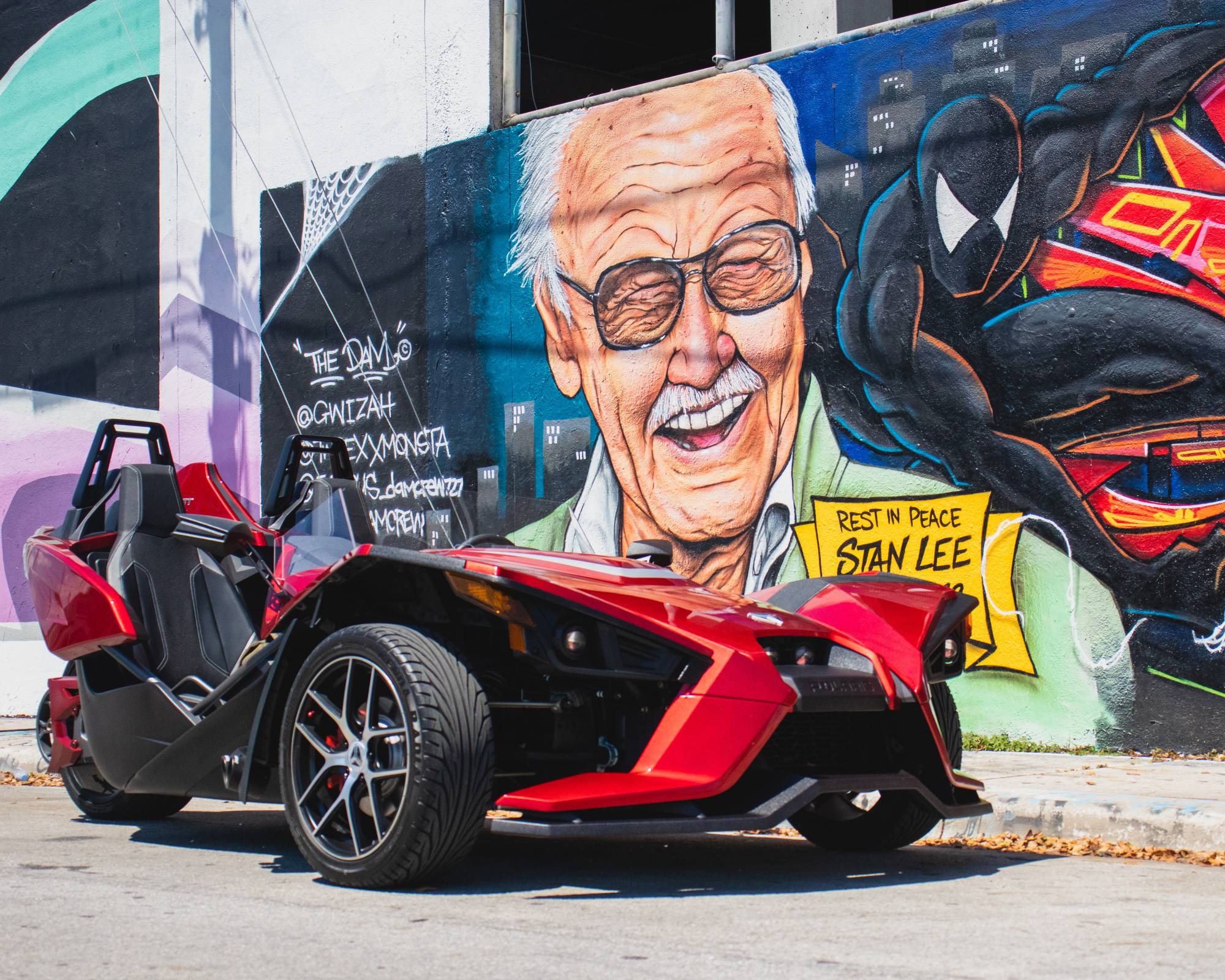
Among the dozens of galleries, warehouses and exhibition spaces in Wynwood, certainly not to be missed is the Rubell Family Collection, one of the most important and extensive private collections of contemporary art, with works by the likes of Jean-Michel Basquiat, Keith Haring, Damien Hirst, Jeff Koons and Andy Warhol. Also worth a visit is the Margulies Collection, known for exhibitions of photography and contemporary art. Also in Wynwood, a place to start the day is Panther Coffee, frequented by fun and extravagant people: artists, nerds and fitness lovers with sculptural bodies in perfect beach lifestyle style. The wi-fi is free, there are sockets for computers and, when the sugars drop, you can remedy it with excellent fruit juices, giant muffins and many types of coffee such as vanilla, cinnamon or many other flavours. unusual. Moving a couple of blocks completely changes scenery: you enter the super stylish Design District, which hides local attractions such as the famous Estefan Kitchen, one of the most recent restaurants of pop star Gloria Estefan. More than a neighbourhood, the Design District is an open-air construction site, the beating heart of the creativity of various 21st-century architects; in addition to iconic and historic brands of the great fashion houses that have long owned their showrooms here, from Louboutin to Bulgari, from Tiffany to Loewe, from Tom Ford to Max Mara, from Christian Dior to Fendi, as well as the most important design and furniture brands from Holly Hunt to Knoll, 50 per cent of the buildings are still to be built.
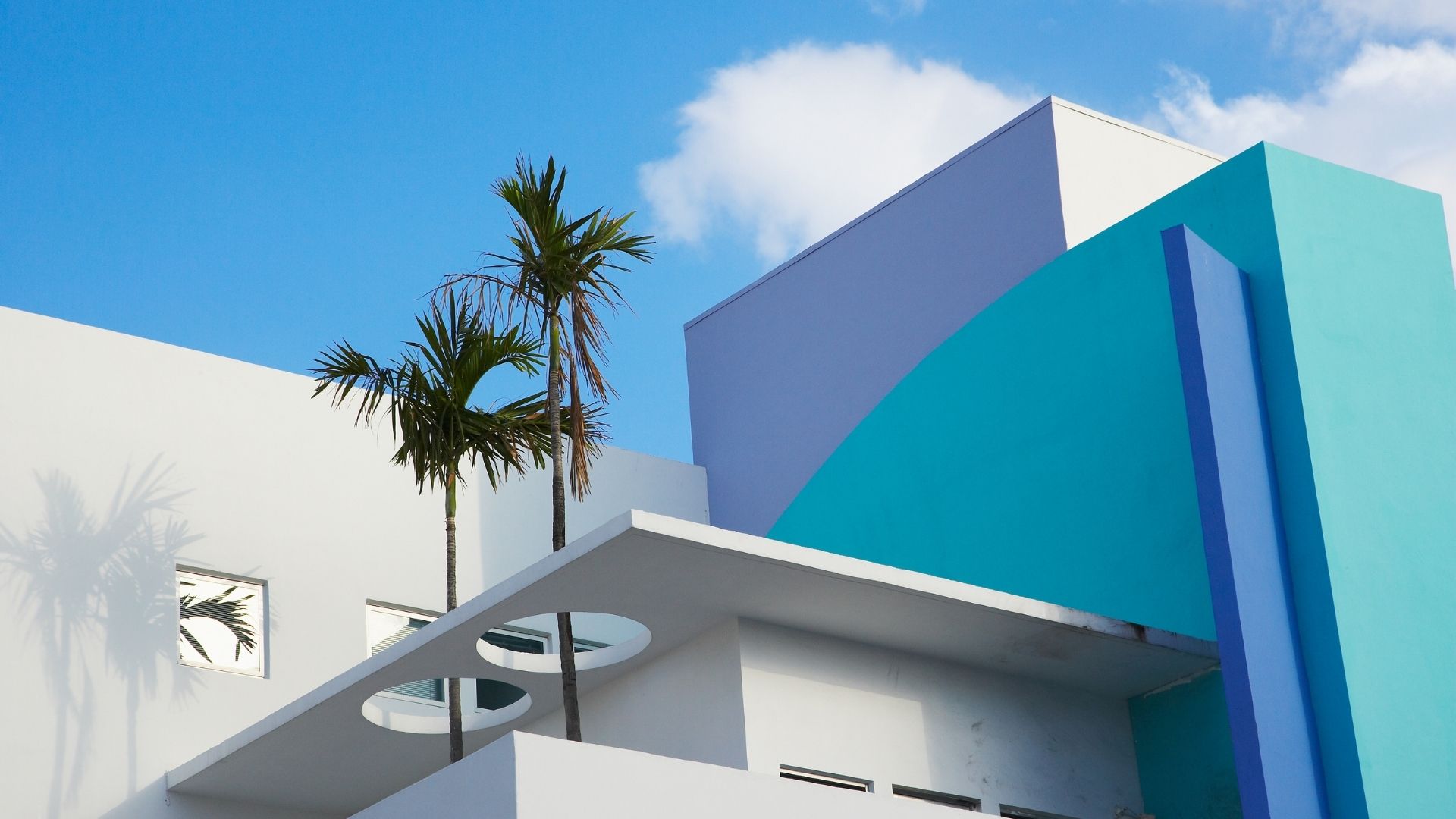
If you are in this area, a stop at Palm Court is a must, a square overlooked by a beautiful glass building with blue shades, designed by the great Japanese architect Sou Fujimoto. In front of this building, there is a true architectural masterpiece that protects the entrance to the underground car parks: the Fly's Eye Dome, a daring geodesic dome designed in 1965 by Buckminster Fuller, American architect, philosopher and inventor. Not far away, like a common thread connecting past and present, America and Europe, stands the bust of Le Corbusier, one of the greatest innovators of 20th-century architecture.
The sequence of shop windows in the Design District does not leave out any luxury brands, confirming this area as one of the most famous for shopping on the global market. In Miami, the incentives to buy are found almost everywhere. Even in Little Haiti, just to the north. Moving further north, you can cross the JFK Caseway heading to North Beach. At the extreme northern offshoots of Miami Beach and 21 km of Collins Ave, also known as State Road A1A, you enter yet another world, yet another new face of Miami, where luxury is the norm: Bal Harbor.
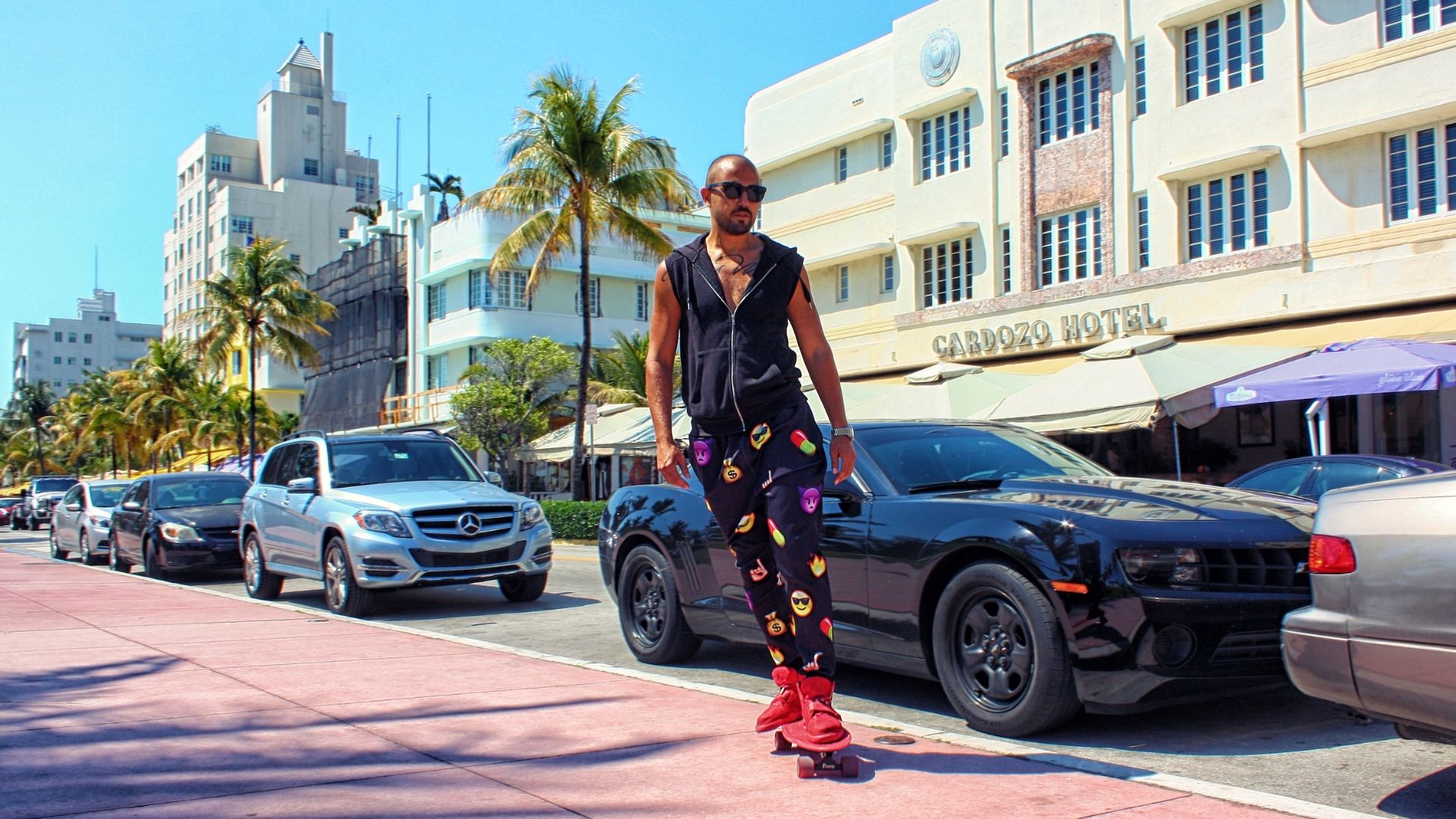
Here, for shopping lovers, a stop at the Aventura Mall is a must, a large but at the same time very refined shopping centre. The building that houses it has an area of 241,000 square meters, spread over three floors and offers the public high-level international brands, restaurants, a theatre, fashion shows and a weekly farmer's market. This neighbourhood is very reminiscent of a Hollywood set, with huge dream villas shaded by palm trees, with gigantic swimming pools perfectly in line with the Miami lifestyle, between pool parties and clubbing, with supercars and hypercars that follow one another through the streets of the neighbourhood. to a lush setting lapped by a private marina with yachts from three floors up. In short, a buen retiro for billionaires, where the Ritz-Carlton also finds space, which continues in the nearby district of Sunny Isles, another happy island, in name and substance.
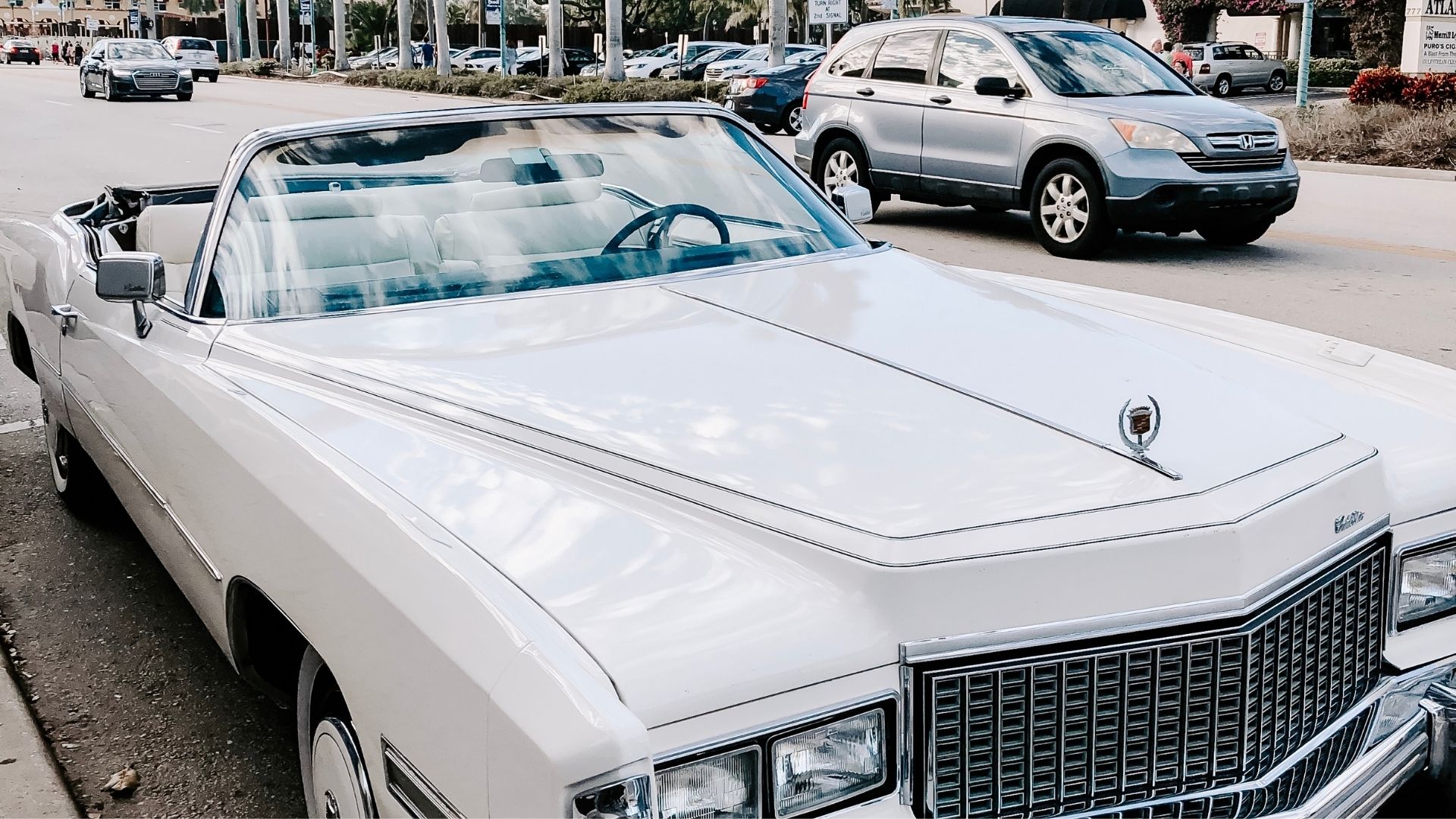
Here, thanks to the infamous Trump family, dream places have arisen such as the Acqualina Resort & Spa on the Beach, in front of Sunny Isles, which among the various peculiarities that distinguish this structure, also has an exact reproduction of the dome of the Amalfi Cathedral above the Pharaonic entrance. A tribute to the Italian lifestyle, which is one of the various passions of the Trump house, is also present in the hall, finished with precious mosaics in full ancient Romanesque style, and in the gastronomy offered in his gourmet restaurant Il Mulino New York, twin of the famous New York restaurant of the same name. Another flagship is Espa: with almost 2,000 square meters of spaces dedicated to massages and relaxation and remise en forme treatments, this enchanted place is a true paradise for the senses. Another grandiose project linked to this structure is The Estates at Acqualina, that is to say, a real estate of apartments and villas built not far from the primary building and defined as "the finest of the world". The structure features a dazzling hall by Karl Lagerfeld, interior design by Fendi, Bugatti and Trussardi, ocean-view lounges with crocodile pianos worth tens of thousands of dollars and "limited edition" dog houses in briarwood for $ 20,000. A breath of fresh air for lovers of extreme luxury!
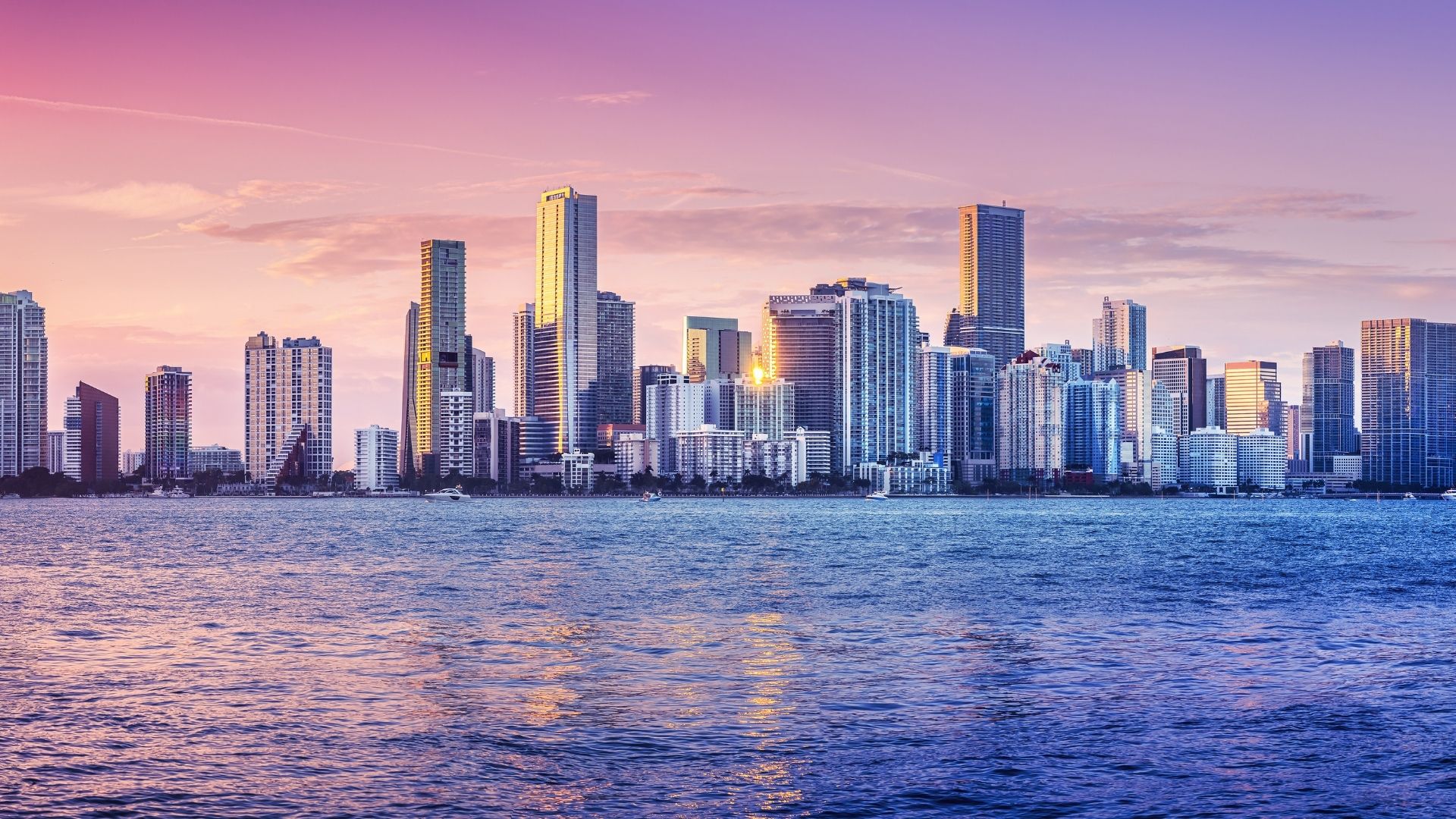
Another completely original neighbourhood that cannot be missed on the Miami tour is Little Havana. This area hides real unmissable attractions. It looks like a piece of the Isla Grande transferred to American soil; walking along Calle Ocho, the main artery of the neighbourhood it is difficult to hear English spoken. The official language here is Spanish, passed down from generation to generation by more than a million Cuban political dissidents who fled to this strip of Florida after Fidel Castro's revolution in 1959. Today throughout Miami Dade County, the county of which Miami is the capital, about 800,000 Cuban Americans live, of which it is easy to meet the older ones at the Maximo Gomez Park, overlooking Calle Ocho, where they meet every day to play dominoes.
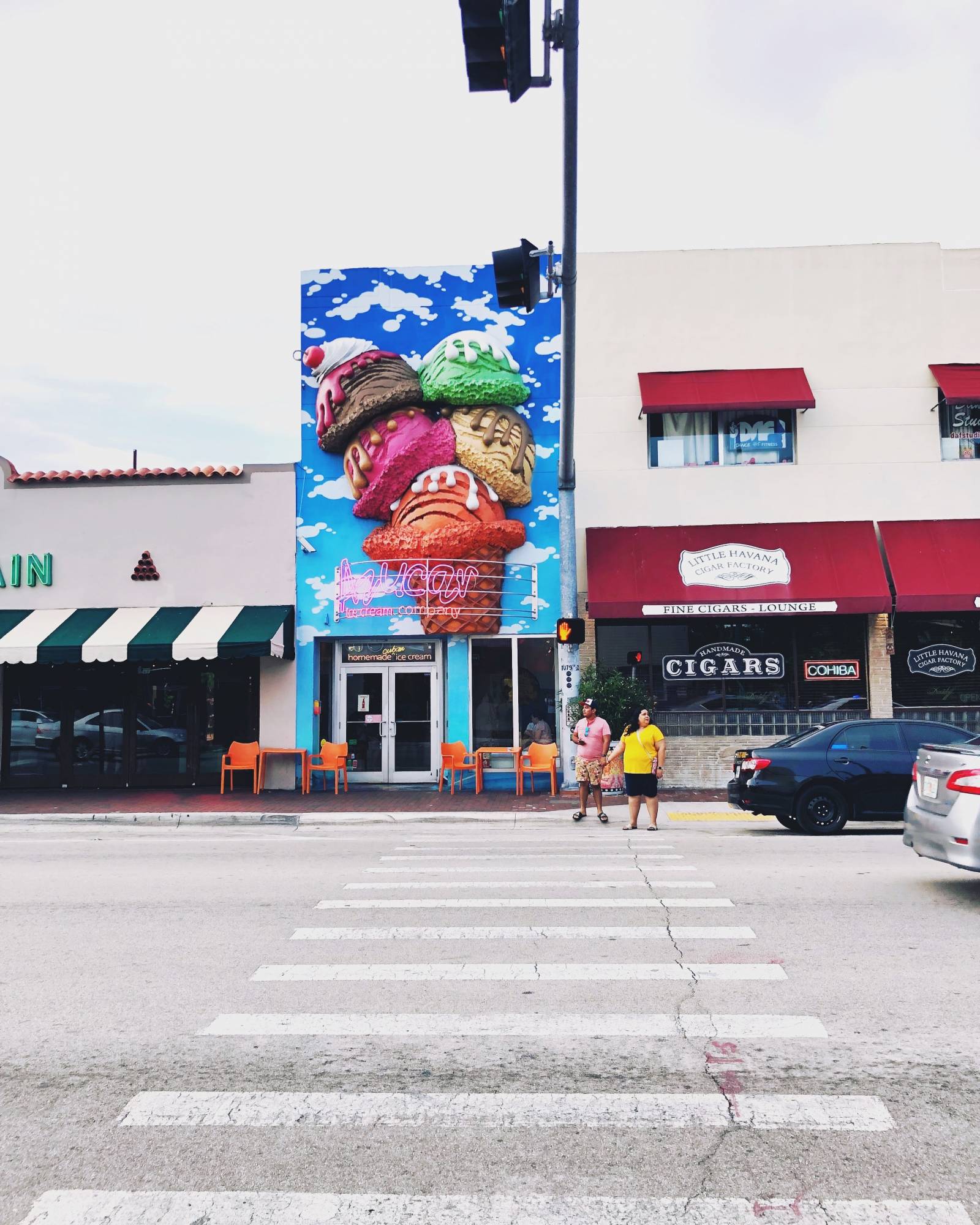
On the same street, in addition to the Walk of fame, or the marble stars set in the pavement reminiscent of Cuban celebrities, a visit to the Club Tobacco Cigar Co. cigar factory is also a must. Outside, sitting on a chair, the owner, Don Pedro Bello, is now a real local institution. It is impossible not to recognize him, with his dark glasses, the cowboy hat well lowered on his head and a white linen guyabera.
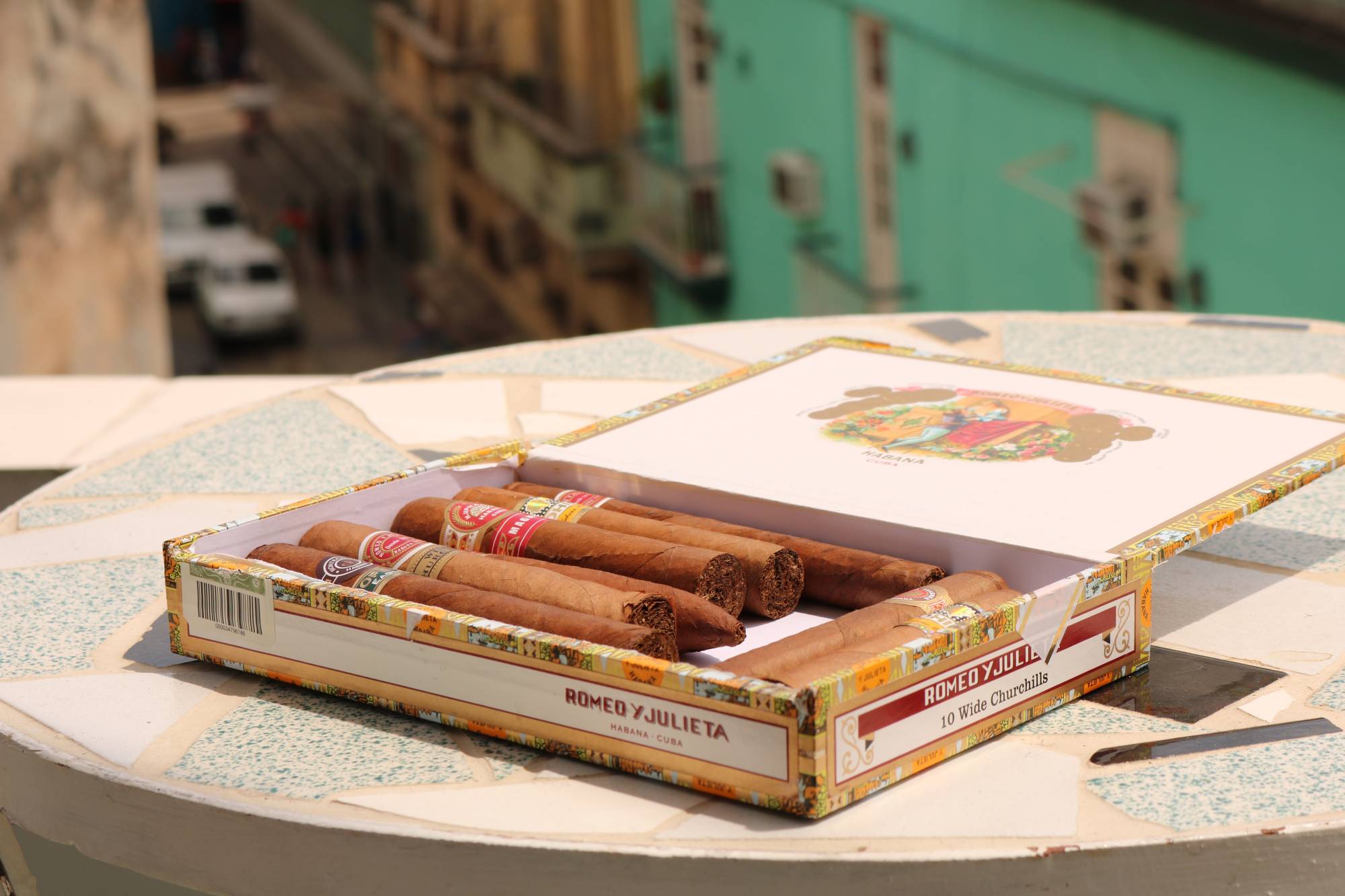
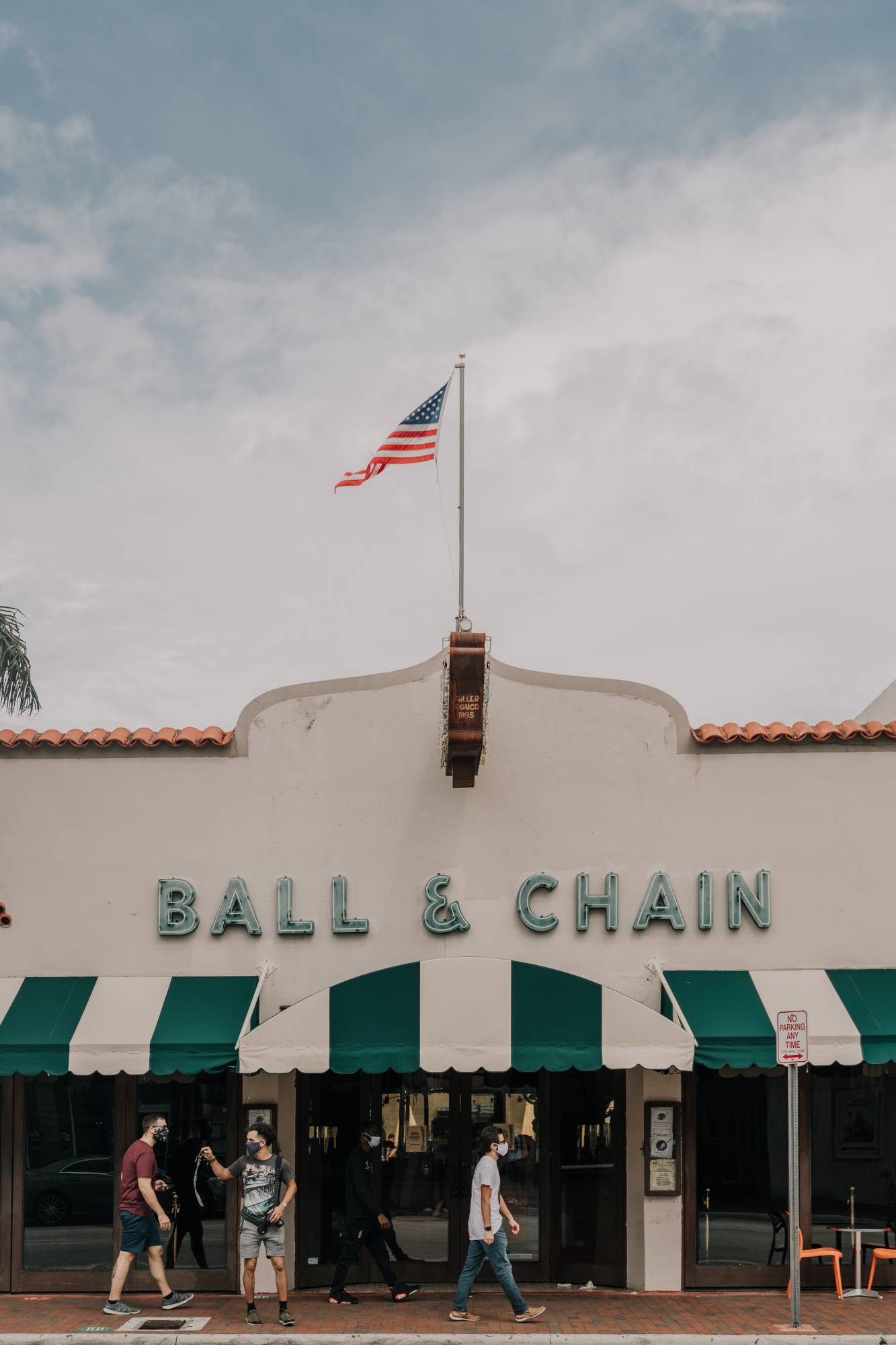
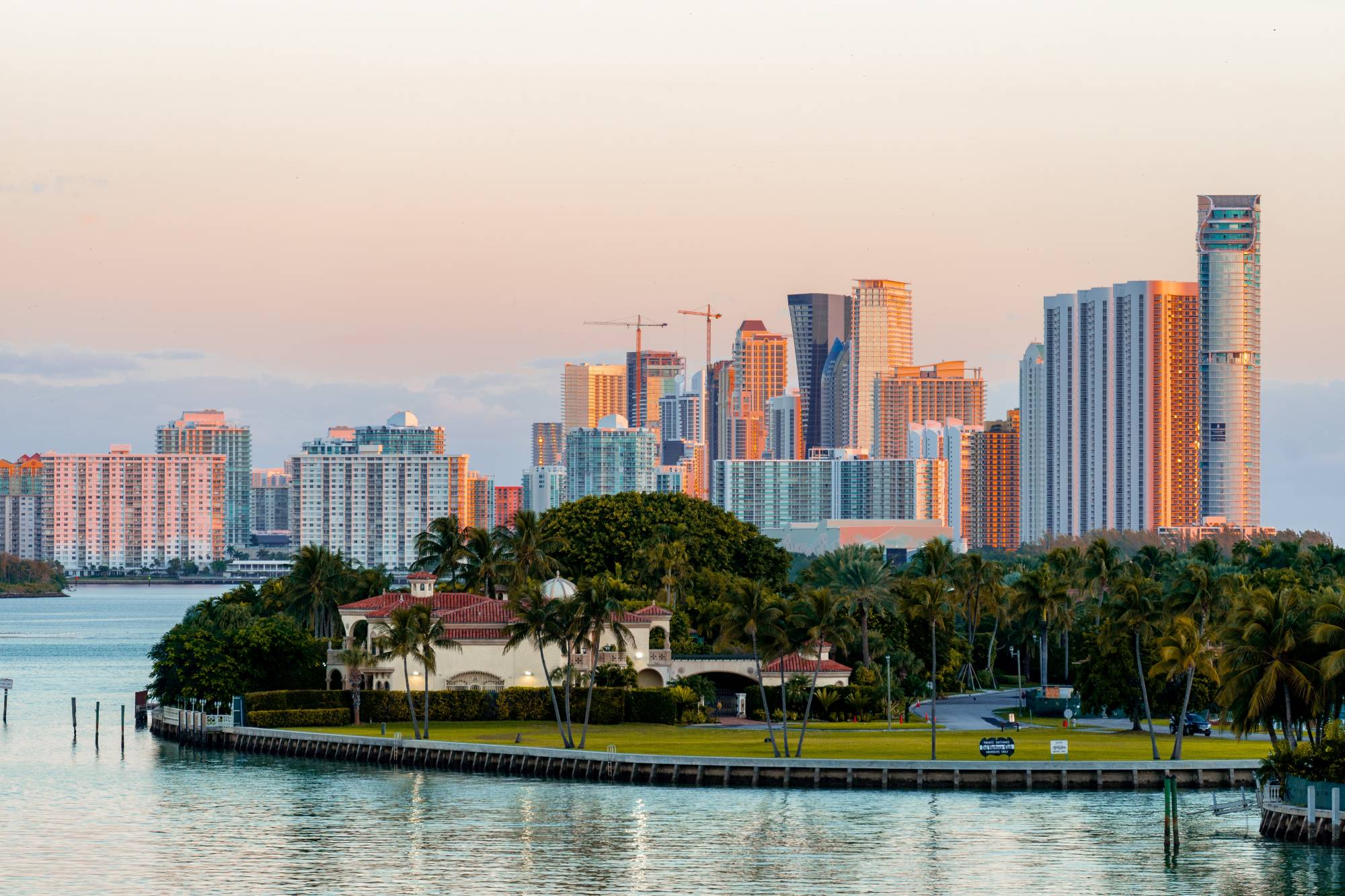
In the different neighbourhoods of Miami, however, there are not only places of interest for adults. There are also many attractions for families with children. One of the most popular is the Miami Seaquarium on Virginia Key Island in Biscayne Bay, where the famous dolphin series Flipper was filmed in the 1960s. Here young and old can swim with the very nice aquatic mammals or have close encounters with tropical fish, rays, manatees and sea turtles. During the day there are also shows for the public that features sea lions, killer whales and, of course, the inevitable dolphins. Miami's children museum is also very entertaining, which houses various structures suitable for children, including a television studio and a miniature supermarket. On Watson Island is Jungle Island, an interactive tropical zoological park that offers various tours to see some of the rarest and most fascinating animals on Earth up close.
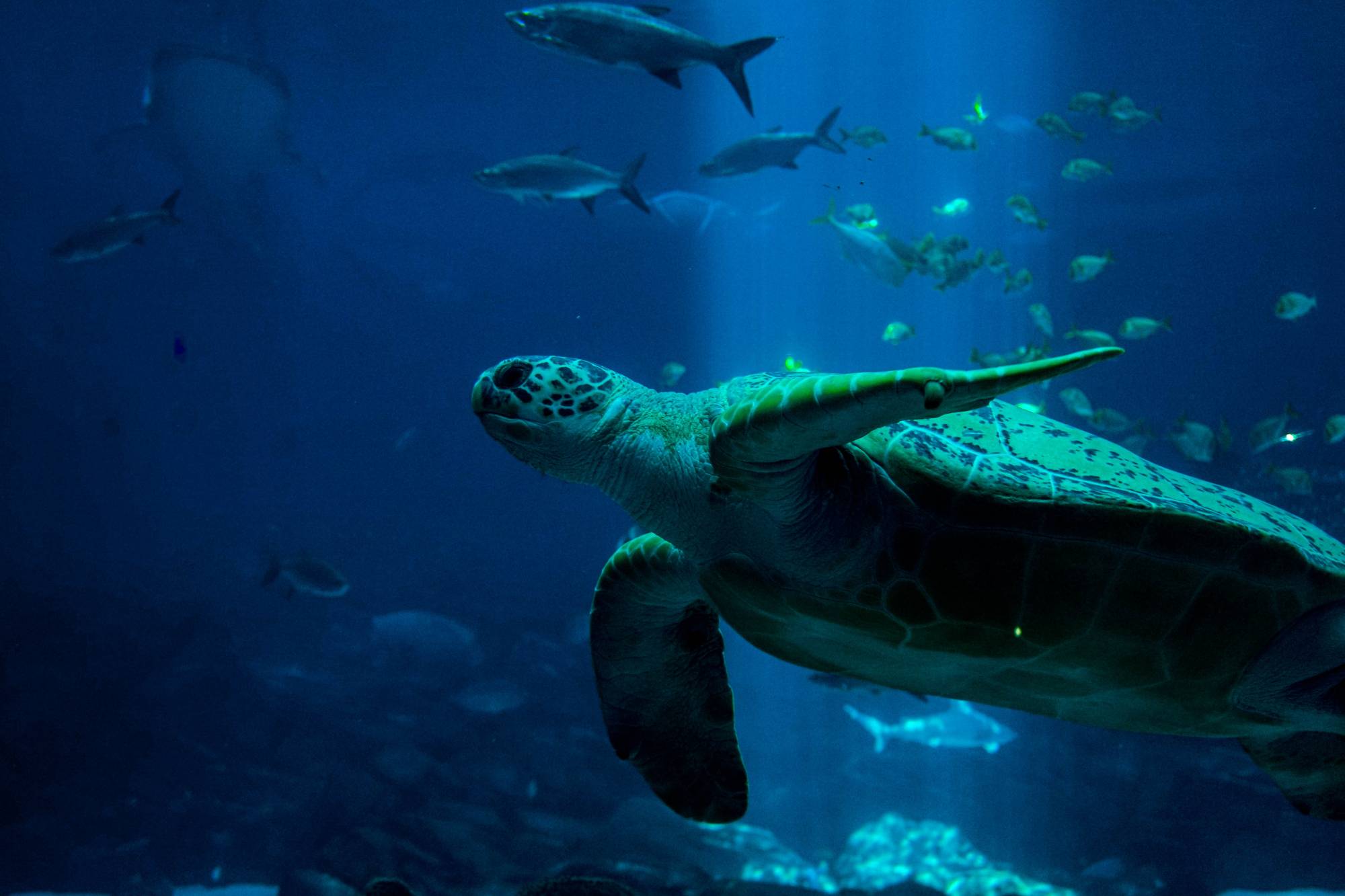
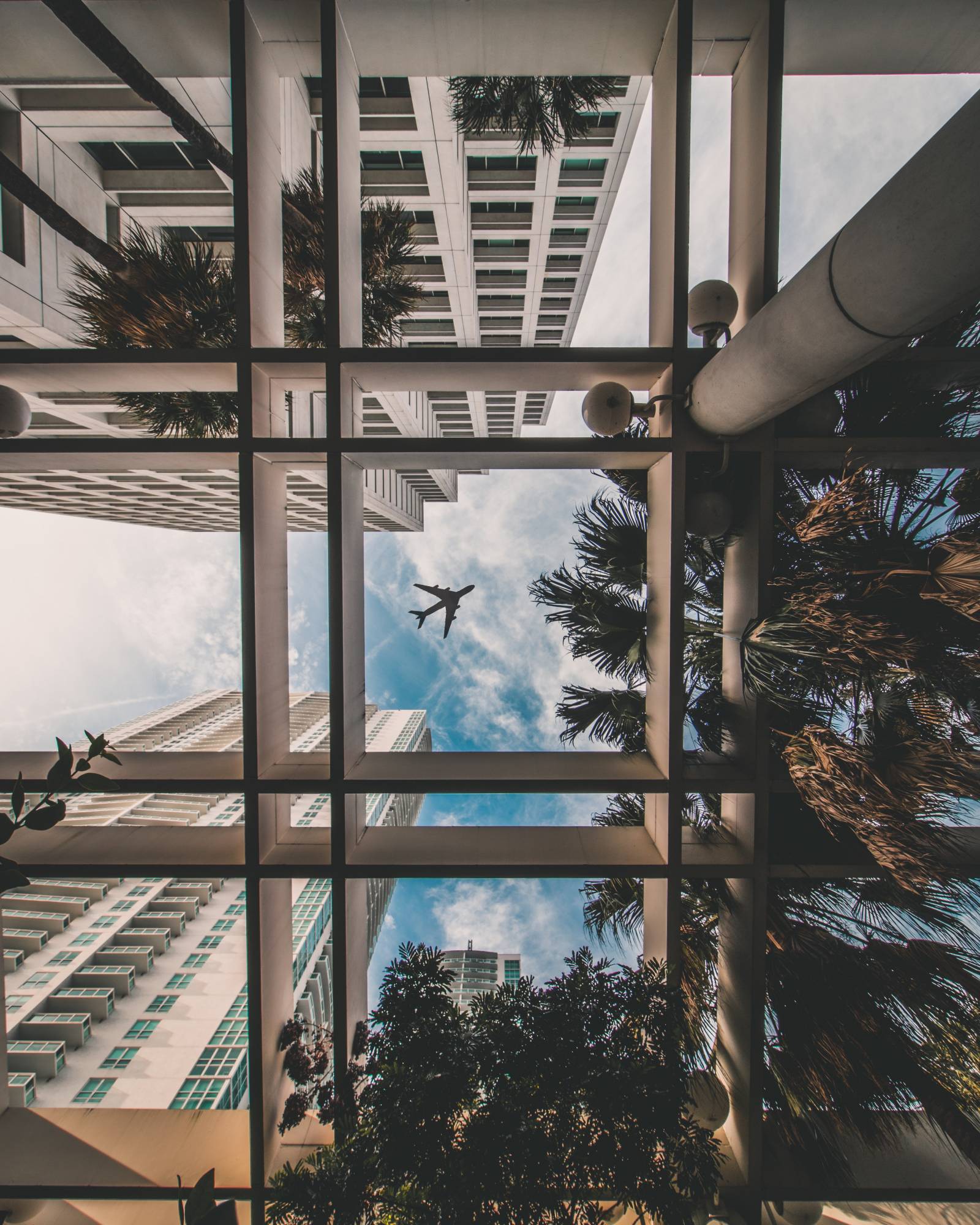
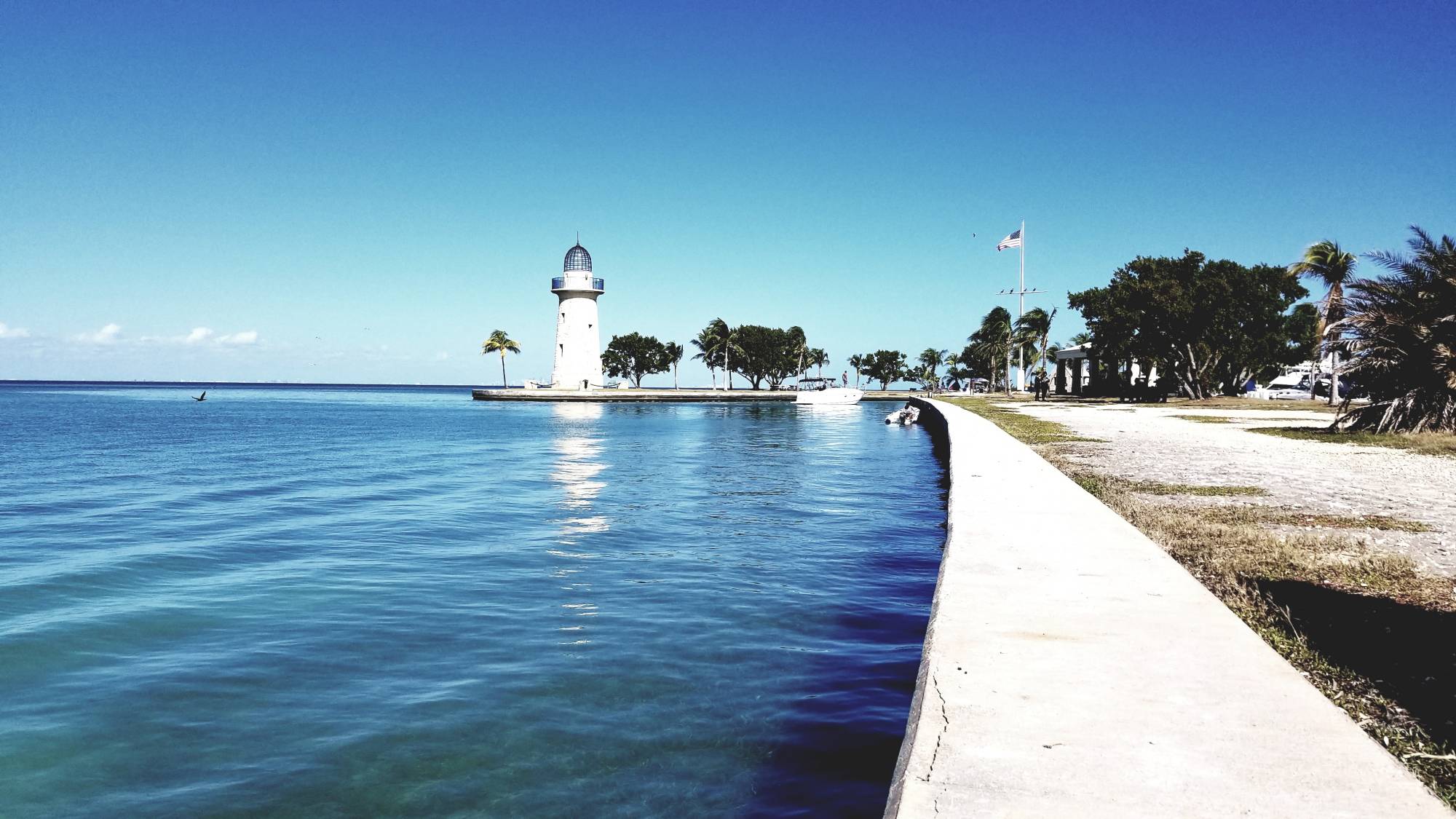
To experience a sun-kissed tour among the beaches not to be missed surely include Virginia Key, Bill Baggs Cape Florida State Park, Haulover Park, South Beach and the essential town of Surfside, a paradise for turtles and swimmers. In South Beach, in particular, you can choose to spend the days staying comfortably under the umbrella or lying comfortably on the "big beds" or stroll along the shore stopping for a shot near the lifeguard towers designed after Hurricane Andrew by some artists who made it a symbol in South Beach. Perfect for Instagram shots!
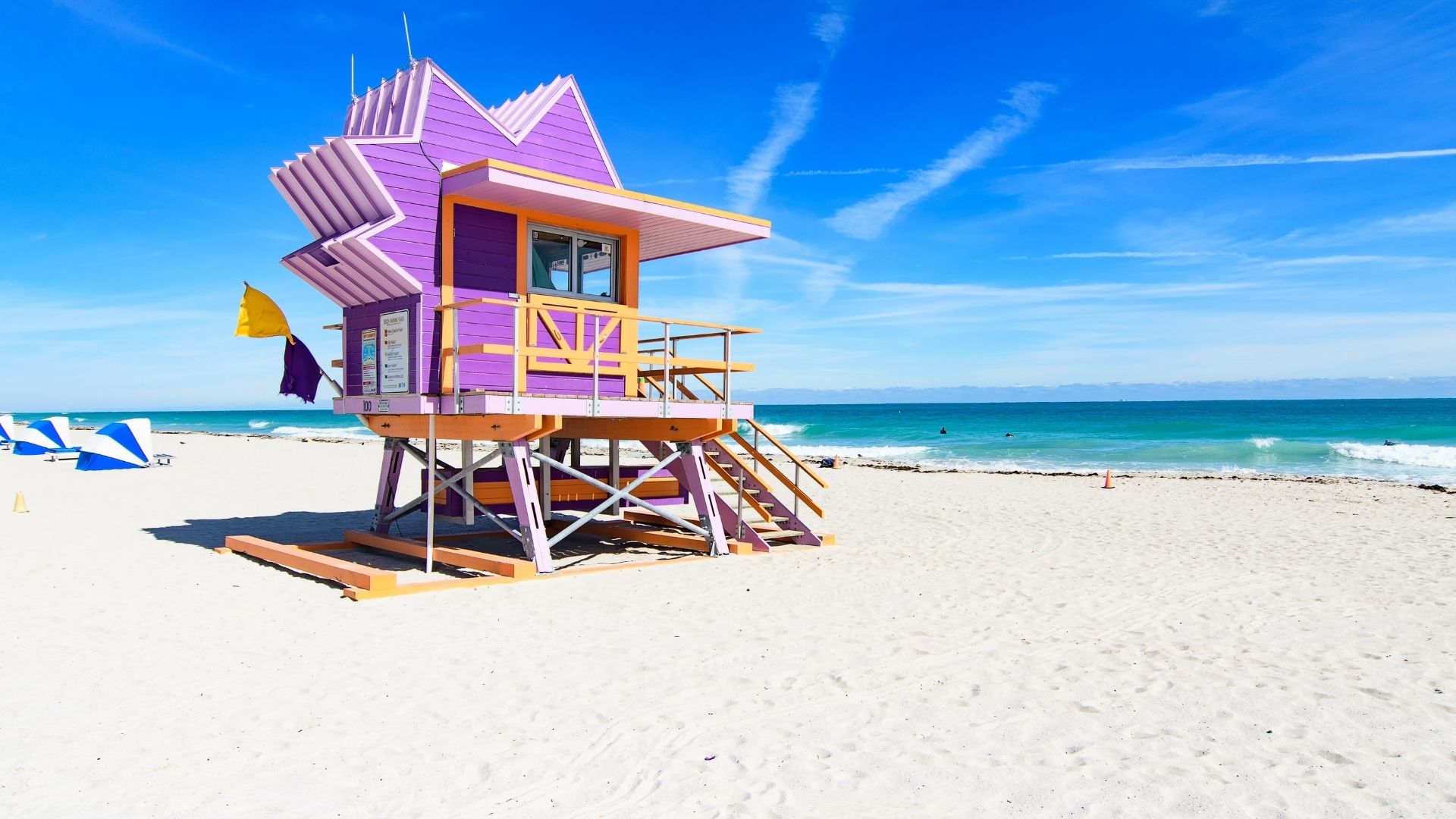
Miami, with its towering palm trees, breathtaking beaches, crystal clear sea and parties at all hours of the day and night, remains one of the most popular tourist destinations for travellers from all over the world. A metropolis that has experienced its splendour, and which for years has been the scene of excesses, for a long time it has also been underestimated, considered a destination populated by the rich and revellers who obviously still frequent it today but who are no longer the only public city.
Miami today is a heterogeneous city, a mecca of art and design, a pure concentrate of energy in which Latin cultures and the most interesting avant-gardes of the local and international contemporary scene coexist. It is therefore impossible to resist the temptation to spend a week in the warm capital of Florida!
